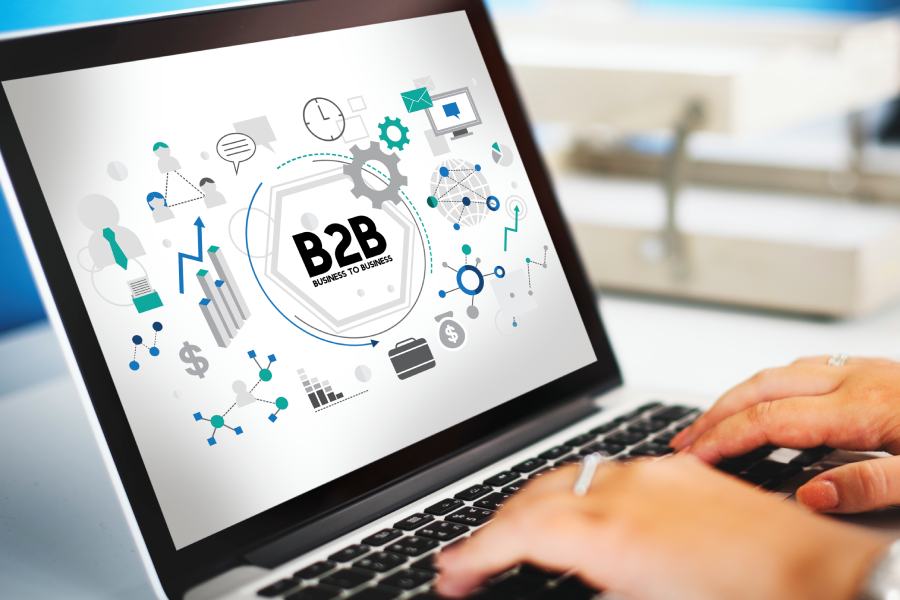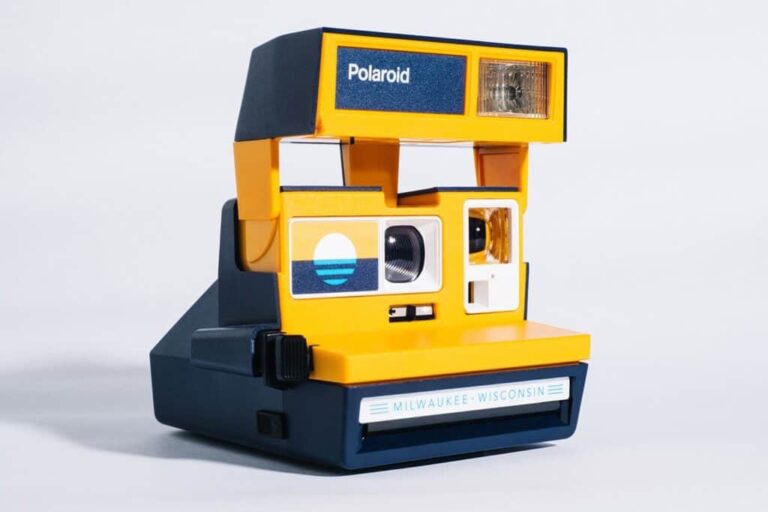B2B Email Template: Proven Strategies for Successful Business Marketing
In the world of business, where every interaction counts, email remains one of the most powerful tools for connecting with potential partners and clients. But sending a generic email won’t cut it anymore—people are bombarded with countless messages daily, and only the most engaging ones stand out. The key to success lies in crafting B2B emails that not only capture attention but also resonate with recipients on a personal level.
This article will explore proven strategies for creating effective email templates designed to enhance communication and drive results. By integrating elements of personalization, clarity, and well-structured design, you’ll learn how to elevate your outreach efforts and transform mundane emails into compelling conversations. Let’s dive in!
Effective B2B email templates include an Introductory Template that highlights mutual connections and relevance, a Value Proposition Template focused on benefits tied to the recipient’s business needs, and a Follow-Up Template that recaps previous discussions to encourage responses. Each template should be personalized, concise, and include a strong call-to-action to maximize engagement and response rates.
Crafting the Perfect B2B Email Template
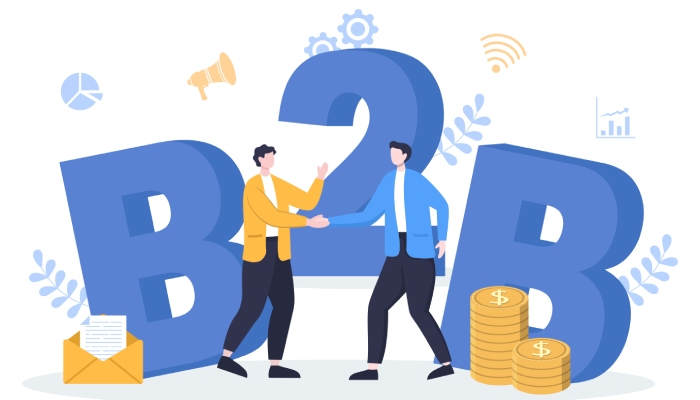
To create the perfect B2B email template, you need to incorporate several key components that work together seamlessly. Start with a compelling subject line. This is your first impression; it should entice recipients to open your email. A well-crafted subject line, ideally between 6 to 10 words, captures attention and conveys your email’s purpose succinctly.
Remember, studies suggest that concise subject lines yield better open rates, allowing your message to shine through the clutter of busy inboxes.
Once you’ve crafted an engaging subject line, the next step is to personalize your greeting. Addressing the recipient by name establishes a connection, generating about a 29% higher open rate compared to generic salutations. Including the recipient’s company name can also resonate with them, indicating that this email isn’t just another mass outreach but one targeted specifically to their needs.
After setting the stage with personalization, focus on the body of the email, where brevity and clarity matter most.
Key Components of Body Content
The body content should be both clear and concise; aim for around 50 to 125 words where possible. This keeps your message direct while ensuring it remains informative. Utilize simple language that quickly outlines who you are and how your product or service can solve a specific problem they face. Consider highlighting relatable challenges that they may experience in their line of work; demonstrate empathy and understanding to build rapport.
Keeping your call-to-action (CTA) within the first 100 words significantly increases click-through rates. Thus, place it prominently as you guide them towards scheduling a meeting or exploring additional resources.
According to market research, including a strong CTA can greatly enhance engagement and response rates—something every emailer should prioritize.
Now that you’ve composed engaging content, let’s not forget about the visual aspects of your email which play a critical role in capturing attention.
The Importance of Design
An appealing design ensures that your message is not just read but enjoyed. A well-structured template features a clean and visually engaging layout that enhances readability without overwhelming the recipient. Use elements like bullet points and headings to break up text and highlight important information. This strategy allows recipients to digest content easily—even if they skim through it.
Avoid clutter and excessive blocks of text because emails filled with dense paragraphs tend to be ignored or lost completely among numerous others vying for attention in busy inboxes. Instead, consider using relevant images sparingly; research indicates that emails containing images can increase engagement by up to 42%. So, when used thoughtfully alongside text, pictures can propel your message and create a lasting impact—especially when paired with a smart cold email tool like Nureply that helps optimize your outreach strategy.
Finally, wrap up your email with an appropriate signature that includes not just your name but also your position and contact information. Taking care in how you present yourself leaves a professional impression and makes it easy for leads to follow up or connect further.
By integrating these strategies into a cohesive template, you’ll pave the way for stronger connections, enhancing your outreach efforts as we continue exploring effective communication techniques moving forward.
Personalizing Your Messaging
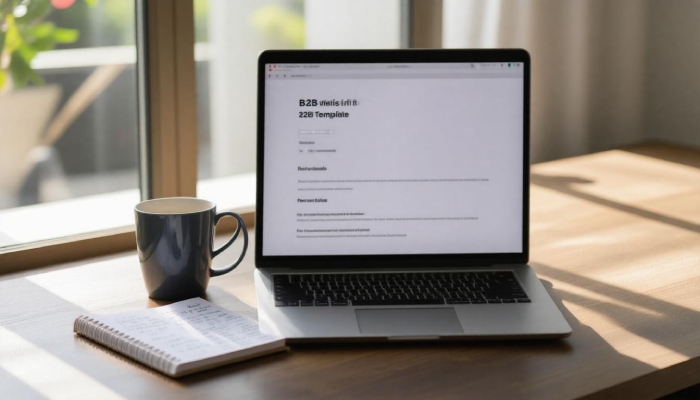
When we think about personalization in B2B emails, many people envision simply adding the recipient’s first name in the salutation. However, effective communication demonstrates that true personalization runs much deeper. Imagine receiving an email that not only greets you by name but also acknowledges your company’s recent success in securing a new partnership or launching a product. This attentive approach makes recipients feel valued and understood, significantly increasing engagement rates.
A personalized email might reference specific challenges faced by a company in their industry. For instance, if you’re targeting a financial services firm, alluding to current regulatory changes can set the stage for how your solution is poised to offer relief or compliance support. This shows that you’ve taken the time to understand their business landscape and are genuinely interested in helping them navigate it.
Beyond Just Names
Studies suggest that utilizing personalized email strategies can yield an astounding six times higher transaction rates. Yet, around 70% of brands still miss out on this opportunity by failing to implement personalization effectively. It’s the small details that count—mentioning mutual connections, recognizing key milestones in the recipient’s company, or referencing past interactions can create rapport and trust.
The more tailored your message feels, the more likely it becomes that your email won’t just land in the void but will resonate with the recipient.
Personalized subject lines alone can increase open rates by up to 26%, showcasing how addressing unique aspects of the recipient’s situation matters immensely. Therefore, when crafting your messaging, ensure to weave in these insights seamlessly; after all, personalization isn’t just a box to tick off—it’s an integral part of successful outreach.
Dynamic Content
As you create personalized messages, consider implementing dynamic content that adjusts based on prior interactions with your brand. One effective strategy is to track what resources your recipients engage with. If a lead previously downloaded a white paper related to cybersecurity, don’t send them a generic newsletter! Instead, follow up with tailored insights or case studies tied directly to their interests and needs—this not only keeps conversations relevant but also positions you as a thought leader within their industry.
Utilizing dynamic content fosters ongoing engagement and demonstrates attentiveness to each recipient’s journey with your brand.
But personalization should not end at content; it must also reflect in timely communication strategies. When you align when emails are sent based on the recipients’ behaviors or preferences, you’re amplifying the power of your personalized messaging even further.
Writing Effective Subject Lines
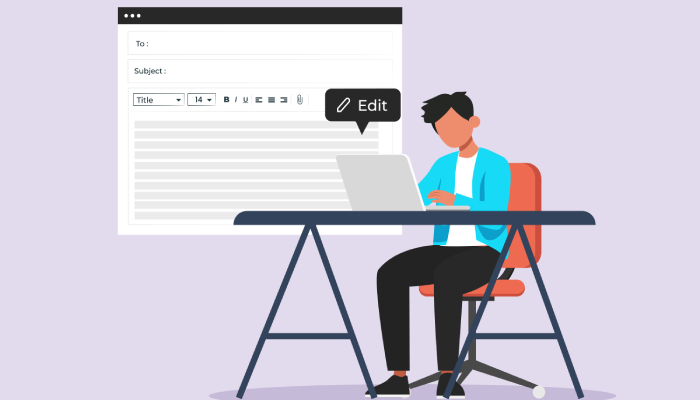
Your subject line holds the key to whether your email will be opened or ignored. Think of it as not just a title but as a promise—it’s the brief introduction to the value you’re offering within your email. With the right blend of elements, your subject line can create an irresistible pull, encouraging recipients to engage with your content.
Keep It Short and Sweet
The golden rule for subject lines is brevity. Aim for around 50 characters or fewer, which enables clarity while still packing in important information. Research has shown that as the character count rises beyond this threshold, response rates begin to dwindle significantly. According to MailChimp, open rates tumble if your subject line exceeds 60 characters; people have limited attention spans, especially when scrolling through their crowded inboxes.
If you can’t express your value concisely, reevaluate what you’re trying to convey—the more focused your message, the clearer your communication will be.
Employing Curiosity and Urgency
Engaging your audience’s curiosity can greatly enhance open rates. Phrases like “Last chance to save on…” or “Discover the secret to…” create a sense of urgency and provoke interest. However, tread lightly: while it’s tempting to use hyperbolic clickbait phrases, this strategy often backfires by eroding trust. Instead, craft subject lines that intrigue without misleading the reader.
For instance, consider highlighting specific benefits in your messaging. A subject line such as “Boost Your Sales By 30% This Month!” not only offers a compelling outcome but also hints at actionable insights within the email itself. Such approaches help present your emails as valuable resources instead of mere promotional assets.
Interestingly, research indicates that subject lines employing numbers—like “5 Strategies for…”—can elevate open rates by approximately 36%. This statistic underscores the attractiveness of concise lists that promise valuable takeaways.
Mastering effective subject lines bridges creativity with strategic thinking; understanding how to provoke curiosity and urgency paves the way for deeper engagement in future communications. As we continue exploring impactful email tactics, let’s turn our attention to crafting compelling openings that grab attention right from the start.
Strong Opening Lines

Your opening line is crucial, serving as the first impression akin to meeting someone at a gathering; it can either invite further conversation or lead to an awkward silence. Just like a warm handshake conveys confidence, an engaging opening line can create an immediate connection between you and the recipient. Studies have shown that 42% of recipients analyze the opening line to determine if they should continue reading. Thus, making those first few words count is essential.
Get Straight to the Point
The best way to grab attention is by getting right to the value you offer. Consider this: instead of leading with a generic greeting or small talk, start with a clear value proposition or an insightful observation directly pertinent to their business. For example, stating something like, “I noticed your company is expanding into new markets, and I believe our solutions could support this growth,” immediately positions you as someone who understands their goals and challenges.
This approach not only cuts through the clutter but also makes your email feel personalized from the get-go.
Make It Relevant
Next, ensure your opening lines resonate with the recipient’s interests or address specific pain points they may be facing. Think about what keeps them awake at night—this might be improving efficiency, increasing sales, or streamlining operations—and directly reference those concerns. By doing so, you’re not just sending another cold email; you’re starting a conversation that feels relevant and timely.
For instance, if you know that a potential client struggles with customer retention, you might open with: “Have you considered how targeted outreach strategies could boost your customer retention rates? Many companies in your sector see significant improvements through focused efforts.” This type of introduction is not only relevant but also positions you as knowledgeable about industry trends.
Following these strategies will set the stage for the next crucial element—ensuring your message includes a clear directive that guides the recipient toward taking action.
Effective Call to Action
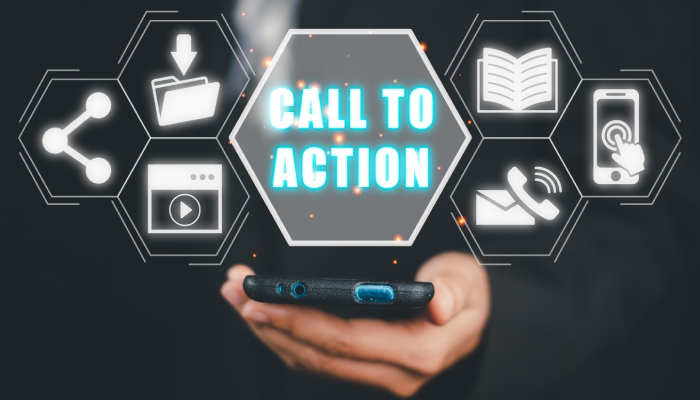
The CTA is arguably the most crucial part of your email. It directs the recipient towards the next step—whether that involves scheduling a meeting, downloading a resource, or simply responding to your email. Without a compelling CTA, your email may leave recipients wondering what action they should take next.
Clarity is Key
To ensure effectiveness, make your CTA clear and specific. Instead of vague phrases like “Click here for more info,” consider something actionable like “Schedule a free consultation now.” This simple change can drastically increase customer responsiveness. According to HubSpot, personalized CTAs perform an astonishing 202% better than generic ones, illustrating how clarity in your messaging can directly affect engagement.
Use Action-Oriented Language
Another effective strategy is to utilize action-oriented language that encourages immediate response. Words such as “download,” “register,” “join,” or “get started” can invoke a sense of urgency in readers. For example, instead of asking them to merely “click,” try saying, “Get your free trial today!” This phrasing not only specifies what they are getting but also implies a limited-time offer, creating a psychological push toward immediate action.
Remind yourself: Every word should count or risk losing the reader’s interest.
Once you have crafted a compelling CTA and used clear language, you’ll want to focus on where you position this tantalizing prompt in your email.
Strategic Placement Matters
The positioning of your CTA plays a vital role in its effectiveness as well. You don’t want it hidden at the bottom of an exhaustive text block. Instead, consider placing it near the top after you’ve established the value of what you’re offering. This allows readers who skim your email to notice it immediately while providing detailed explanations further down for those who want to know more before taking action.
A/B Testing Your CTAs
Finally, don’t underestimate the power of A/B testing various CTAs. By testing different phrases, designs, and placements, you can discover which strategies resonate most with your audience. In fact, emails featuring a single strong CTA can increase clicks by 371% and sales by an incredible 1617%. So, take the time to analyze these metrics for future outreach efforts—this will help refine not just your current campaigns but also future emails.
Armed with these strategies, let’s shift our focus to tangible illustrations that demonstrate how these concepts apply across various sectors.
Example Templates for Various Industries

Different industries have unique needs and require tailored email templates that resonate with their audiences. Crafting messages that speak directly to industry-specific concerns can significantly enhance communication strategies.
Technology Sector
In the fast-paced technology sector, it’s vital to keep customers informed about innovations and new features of products. A proactive approach might look like this:
“Experience Cutting-edge AI with Our Latest Software Update.”
This template highlights an exciting new feature while addressing the need for staying ahead in a competitive market. The urgency and excitement of innovation can capture attention immediately.
Healthcare Industry
Shift gears into the healthcare industry, where language must reflect care, compliance, and improvements. An effective message could read:
“Enhance Patient Care with Our HIPAA-Compliant Solutions.”
Here, it’s essential to emphasize compliance standards while focusing on how these solutions improve patient care. Potential clients are not just looking for tools; they want assurances that these tools will adhere to stringent regulations and ultimately benefit patient interactions.
Financial Services
In financial services, trust and security reign supreme. An ideal email template might be:
“Maximize Your Return on Investment(ROI) with Our Predictive Analytics Tool.”
This approach speaks directly to decision-makers looking to improve their bottom line through data-driven strategies. By emphasizing return on investment alongside security—two key concerns in finance—businesses can firmly establish their credibility.

Overview
| Industry | Focus Area | Example Template |
| Technology | New Features/Innovations | “Experience Cutting-edge AI with Our Latest Software Update” |
| Healthcare | Compliance/Care Improvements | “Enhance Patient Care with Our HIPAA-Compliant Solutions” |
| Financial Services | Security/Return on Investment (ROI) | “Maximize Your ROI with Our Predictive Analytics Tool” |
To make your emails more impactful, tailor your templates to fit the language and concerns specific to each industry. Understanding these nuances will ensure that your communications resonate more deeply with your audience, fostering greater engagement and retention. By honing in on what matters most in each sector, businesses can strengthen relationships and drive results through effective B2B email strategies.
With targeted messaging and a focus on industry specifics, companies can significantly enhance their marketing efforts, ensuring they meet the evolving needs of their clients.

